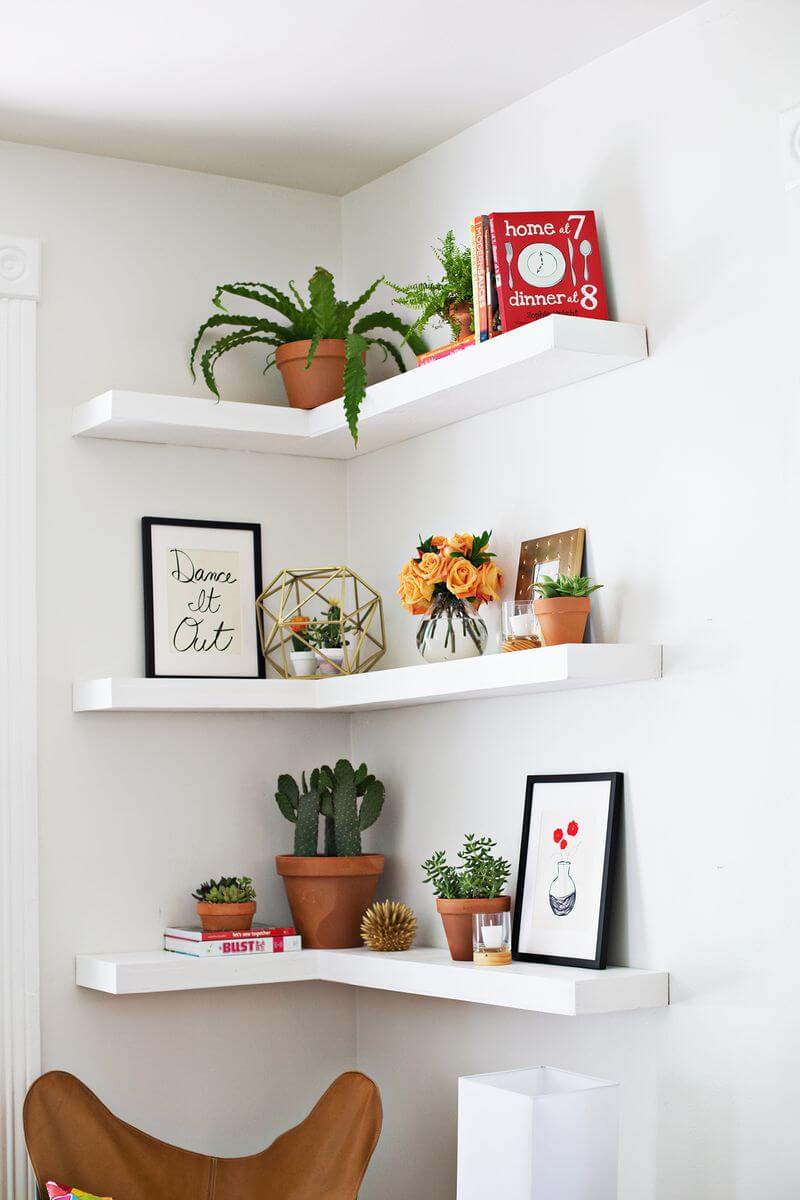Studio apartments present unique challenges when it comes to decorating. How can you, in an apartment with no rooms, create a design that is cohesive while clearly establishing distinct areas in a small space? Although it’s certainly more challenging, decorating a studio apartment is not impossible; it simply requires a slightly different approach.
Firstly, when deciding how to decorate a studio apartment, your focus should be on function first and form second. Since you are working with a limited space, you will need to get creative with your furniture and decorating choices to ensure that the pieces that you choose are both cohesive in design and truly functional in the space.
To help you get started, we’ve put together a few tips and ideas to keep in mind when decorating a small studio apartment. Keep reading for six ideas for small studio decorating to help you get the most out of your space.







Credit: ArchZine

Credit: Barker & Stonehouse

Credit: Fall For DIY

Credit: A Beautiful Mess

Credit: Marion Alberge

Credit: Zusman

